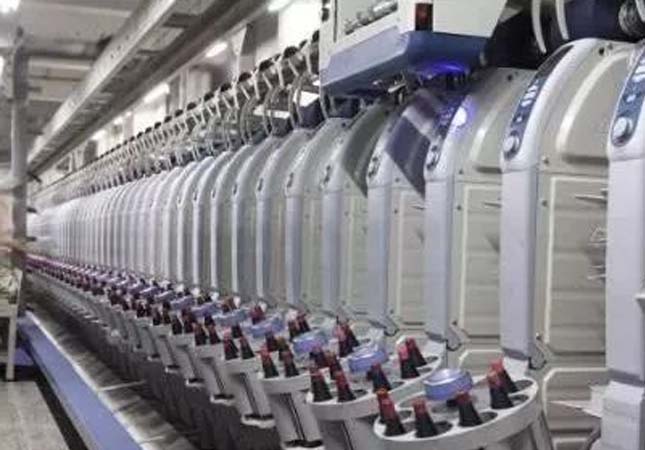There are 2 main problems remaining in the development of textile machinery: the low running speed of textile equipment and the high average consumption of textile machines. Using carbon fiber as the raw material in the manufacturing process of textile machine parts such as the shuttle of a jacquard loom machine, is recognized the ideal method to solve the problems that affect the textile machinery development. This article will briefly introduce the application of carbon fiber in the current textile machinery.
Spindle and Rapier
Spindles and rapiers are the earliest forms of the applications of carbon fiber composite materials in jacquard and looms. The wooden spindle normally weighs 1.2kg with fastest speed 120-130 times/min when running, while the spindles that are made of carbon fiber are commonly 0.1kg and have 2 times more speed than that of wooden spindles. And the spindles that are made of wood commonly only have 6-7 months of service life, but carbon fiber spindles can be used at least 6-8 years.

Carbon Fiber Heald Frame & Winder Core
With the number of shuttleless loom increases, the fabric becomes wider and the production efficiency is significantly improved. The rotation speed is 1700rpm and the width of the shovel is 2m in the water spray hole chamber, and in order to suppress the deformation of the long shovel, a lightweight, high-rigidity carbon fiber composite material is used on the heald frame. The winding core of the loom winder is generally formed as a steel tube, the air pressure will generate minor protrusions and become a structure to fix the paper tube after inserting the paper tube, which is too heavy to operate, while after replacing with the carbon fiber composite tube, the weight is considerably lighter and it is greatly easier to insert the straight tube. Greatly simplified whether the installation process of the loom or the manual work process of removing the rolled fabric.
Fiber Reinforced Nylon Gears
The gears used in traditional textile machinery are commonly pure nylon gears, which have short service life and are costly in maintenance due to low strength and poor fatigue resistance. The transmission gears made of carbon fiber reinforced nylon have strong electrical conductivity of iron castings, which can also effectively prevent the generation of static electricity and reduce the probability of fire and other accidents. Carbon fiber reinforced nylon gears also have superior strength, excellent toughness, strong energy absorption capacity for impact and stress vibration; nice resistance to good grinding and self-lubricating effects, which reduces oil pollution and has excellent fatigue resistance. Typically have double service life time than that of ordinary gears. The 30% lower noise than cast iron gears and 20% lower energy consumption make them a more popular choice in textile machinery manufacturing.
The application of the above carbon fiber materials is only limited to small parts. In contrast, the value of carbon fiber materials is truly highlighted in the applications of carbon fiber rollers in textile machinery.
As one of the main running parts of textile machinery, roller has a great influence on the overall equipment performance of textile machinery, and has a direct effect on the quality and stability of products. Most of the rollers used in traditional textile machines are made of steel. Steel rolls are heavy and have high equipment energy consumption and even continue to increase tube thickness because of the increasing demand for speed, which leads to a series of drawbacks.
Carbon fiber rollers can meet the requirements of light weight, high speed, good stiffness, small deformation, and low energy consumption.
Advantages of Carbon Fiber Rollers
1. Lightweight, Low Energy Consumption
The roller made of carbon fiber composite material can reduce the weight by 35-70%, the energy consumption required for the machine operation also has been considerably reduced because of the smaller size and lighter weight. The operation speed has been doubled so that the production efficiency has improved significantly.
2. Good Stiffness
In the past, the width of textile machinery and equipment was limited by the length of the roller because of the occurrence of small deformation will occur then gradually evolve into serious deformation if the length of the metal roller is overly long. And when the weight of the roller body is very heavy, it will also affect the speed of the machine. The lightweight carbon fiber composite material effectively offsets the negative effects of length extension, and the great rigidity ensures that the roller body will not easily deformed. In fact, like numerous industrial machinery and equipment, the application of carbon fiber materials is still "the tip of the iceberg".
With the in-depth application of light-weight and high-strength carbon fiber materials, it will firmly promote the development of textile machinery and equipment in the direction of low cost, low energy consumption and high efficiency.




